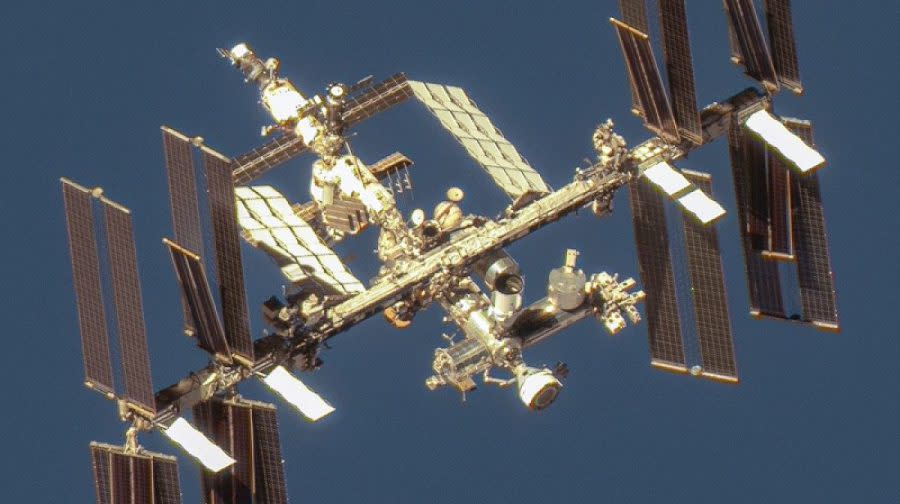NASA prolongs Boeing Starliner’s stay on space station amid ongoing testing

NASA announced Friday that Boeing’s Starliner capsule, which launched last week after several delays, will stay longer at the International Space Station to undergo additional testing.
Boeing and NASA had originally planned for the Calypso capsule to be in space for roughly nine days. Now, according to the agency, flight commander Butch Wilmore and pilot Suni Williams will remain at the space station until at least June 22.
“We are continuing to understand the capabilities of Starliner to prepare for the long-term goal of having it perform a six-month docked mission at the space station,” Steve Stich, manager of NASA’s Commercial Crew Program, wrote Friday in a blog post announcing the mission’s extension. “The crew will perform additional hatch operations to better understand its handling, repeat some ‘safe haven’ testing and assess piloting using the forward window.”
Per NASA, these tests include operating the capsule’s hatch, firing seven of its thrusters and checking the cabin air temperature.
“We have an incredible opportunity to spend more time at the station and perform more tests which provides invaluable data unique to our position,” Mark Nappi, vice president and manager of Boeing’s Commercial Crew Program, wrote in the same blog post. “As the integrated NASA and Boeing teams have said each step of the way, we have plenty of margin and time on station to maximize the opportunity for all partners to learn — including our crew.”
The extension, which essentially doubles the length of the mission, comes after the crewed test flight was delayed twice in May over a helium leak and valve issues. Shortly before its planned launch on June 1, the mission had to be scrubbed once again over a computer malfunction.
Following its successful launch into space on June 5, the capsule experienced more leaks as it attempted to dock on the station. Four of the 28 thrusters also went down before the Boeing capsule finally docked.
This test flight is one of the crucial last steps for certification before Boeing can begin regularly ferrying people to and from the International Space Station. This mission follows years of glitches and delays, including a 2019 uncrewed test failure in which the spacecraft could not dock with the station.
This is the first inaugural mission launched by the U.S. or a company with a woman on board. According to the NASA statement, both astronauts have completed a large batch of tests while onboard the space station.
Boeing has been working on this project for more than a decade, and the capsule was once viewed as a competitor to SpaceX’s Crew Dragon spacecraft. However, SpaceX first took astronauts to the space station in 2020 and has completed at least nine crewed missions since.
NASA originally awarded $2.6 billion to SpaceX and $4 billion to Boeing for their space programs.
Copyright 2024 Nexstar Media, Inc. All rights reserved. This material may not be published, broadcast, rewritten, or redistributed.
For the latest news, weather, sports, and streaming video, head to The Hill.


